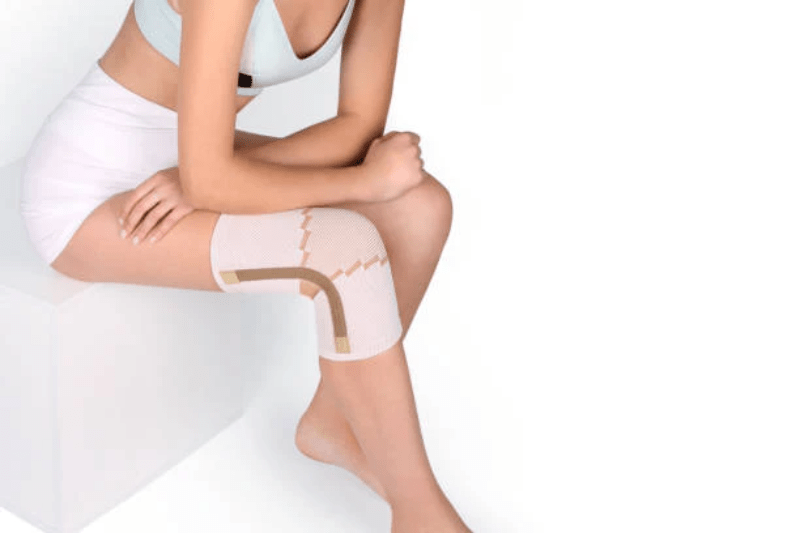
While orthotics and prosthetics may be necessary in certain circumstances, it is important to understand the different options available to you. The prosthetic devices are made to fit a person's body and function properly. Patients should visit a professional who can prescribe a customized orthotic device that will fit cranial helmet for babies needs. If you have diabetes, for example, orthotics may be necessary to help prevent limb loss. Likewise, orthotics may help people who experience difficulty in walking and feel loss of sensation in their limbs.
Career opportunities in Philadelphia prosthetics can range from technician to practitioner. These professionals work closely with prosthetists or clinical orthotists to provide treatment and rehabilitation. They learn the basic mechanics of medical equipment and materials, and gain knowledge about biomechanical principles. Many of these technicians choose to specialize in either prosthetics or orthotics, or they may combine both disciplines. If you're interested in becoming an orthotics and prosthetics technician, you should pursue a post-secondary degree.
The primary difference between prosthetics and orthotics is the way they help patients function. While both are useful to some extent, they serve different purposes. Orthotics improve mobility and help people with similar conditions. Prosthetic devices are often used after amputation of a foot. In some cases, patients with diabetes may require orthotics to prevent complications from occurring. In other cases, patients may have to undergo a foot amputation. If this is the case, prosthetic devices can be used to replace a foot.
While orthotics and prosthetics are not interchangeable, these two specialties are closely related. While orthotics deals with braces and other medical devices, prosthetics refer to artificial body parts that are used for rehabilitation. These prosthetics often replace a missing limb or restore a person's function. There are many prosthetics available for various types of injuries, including limb amputation. The prosthetics are made by prosthetists who are certified healthcare professionals who undergo extensive training and education. If you want to know more about this topic, then click here: https://en.wikipedia.org/wiki/Prosthetist.
Students with a bachelor's degree can still pursue an MSOP degree. There are two distinct tracks for the program: an undergraduate track and a graduate track. Both tracks are 10 quarters long and allow for a full-time student to complete the program. Undergraduates earn a BS in health science and a MSOP in orthotics and prosthetics at the same time. Graduate students, on the other hand, will earn a master's degree in orthotics and prosthetics.
Although orthotics and prosthetics are not the same, they can offer a number of advantages. They can help a person with limb loss improve their confidence, social life, and overall recovery. Many prosthetic devices are custom-made and fit to a person's exact measurements. The process of casting an orthotic and a prosthetic involves a negative cast which serves as a blueprint for the manufacturing process. It can be either mechanical or manual, though recent technological advances have made the casting process more precise.